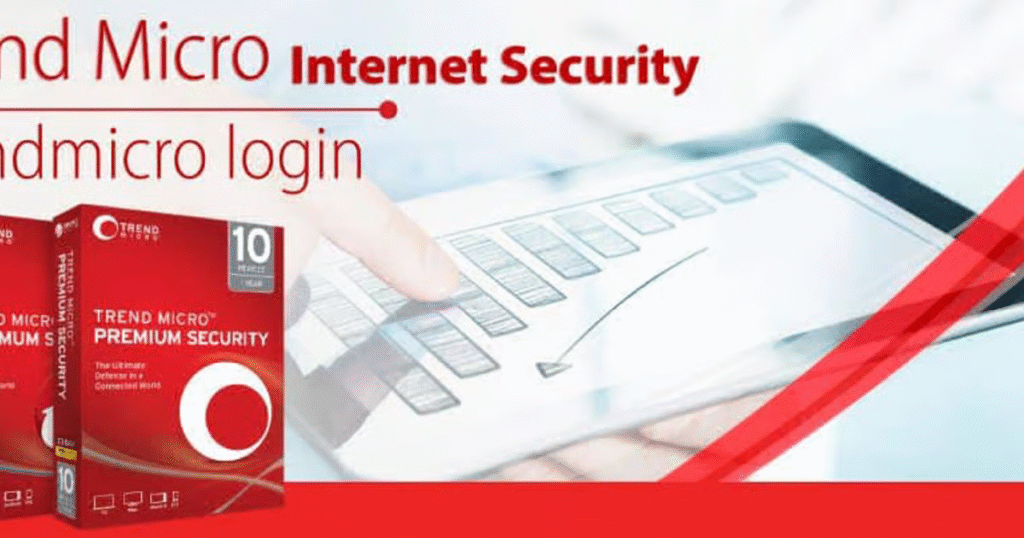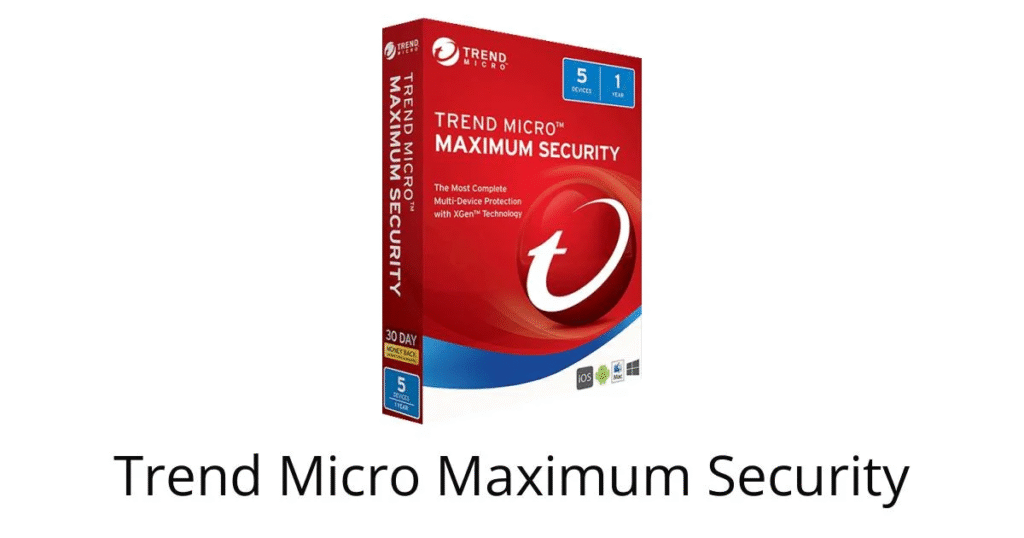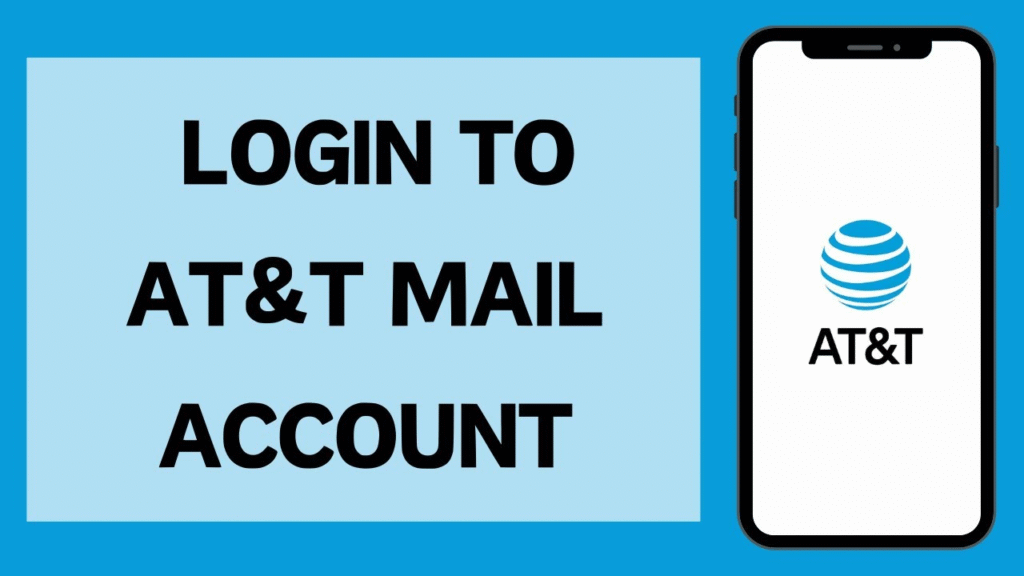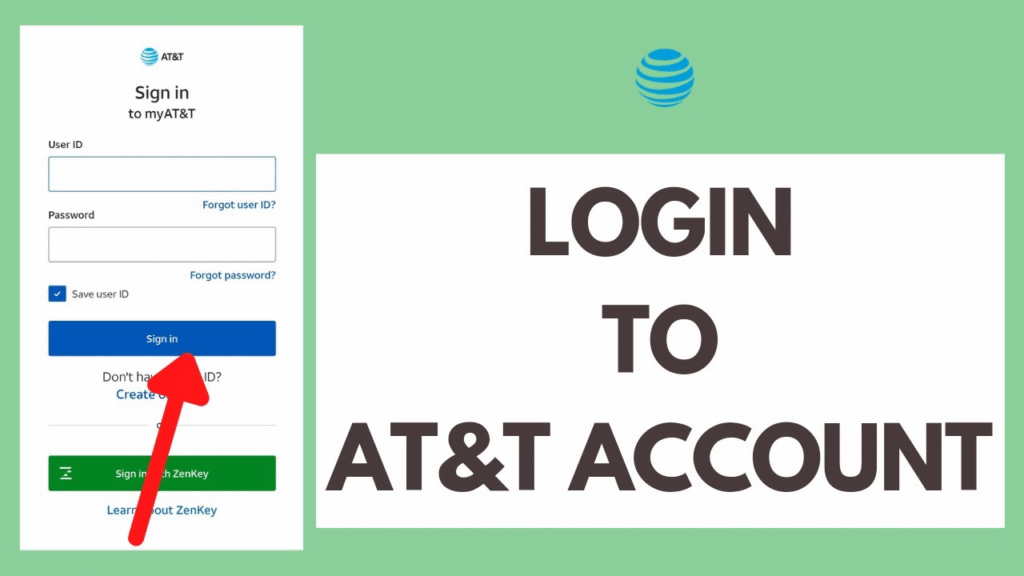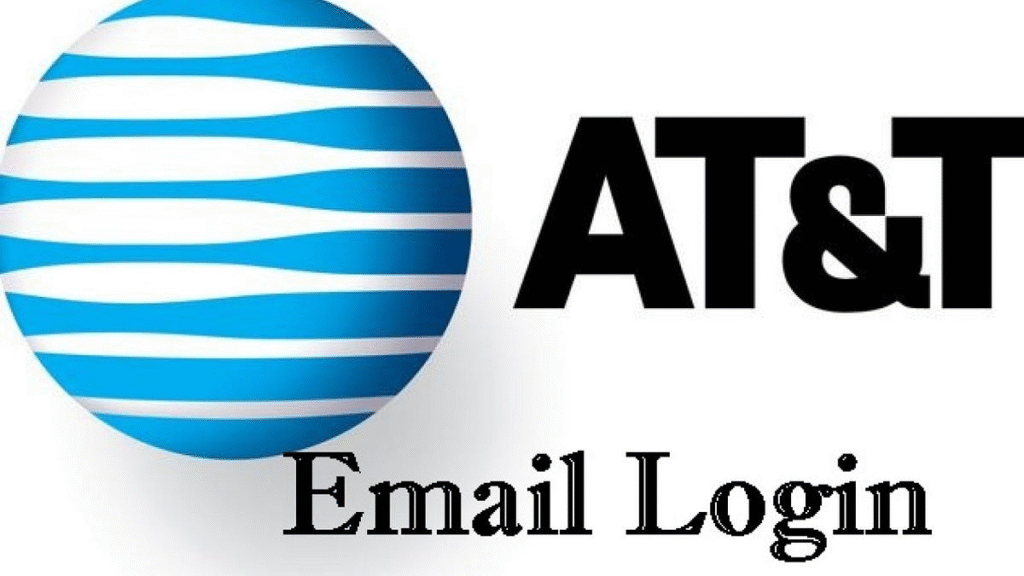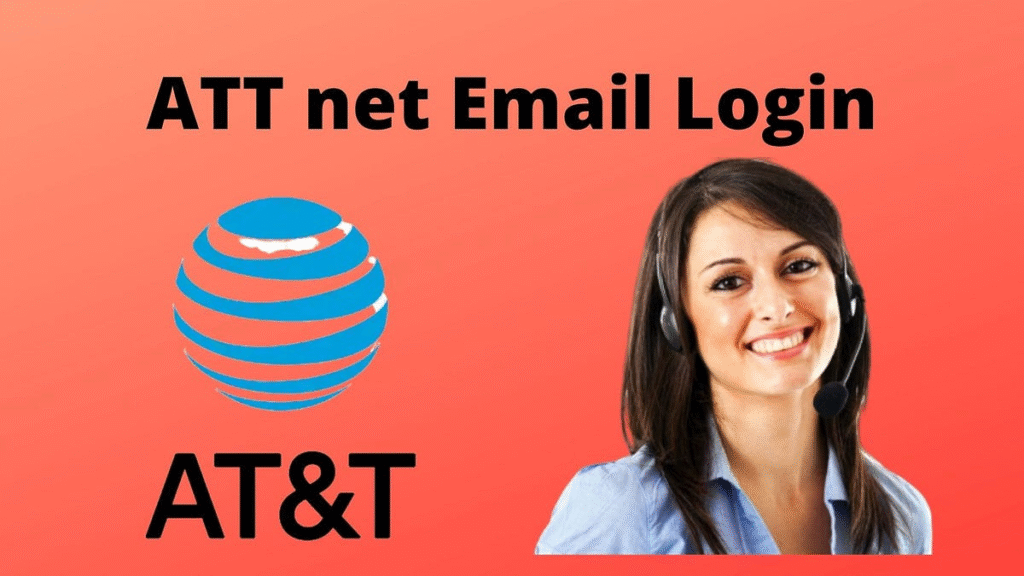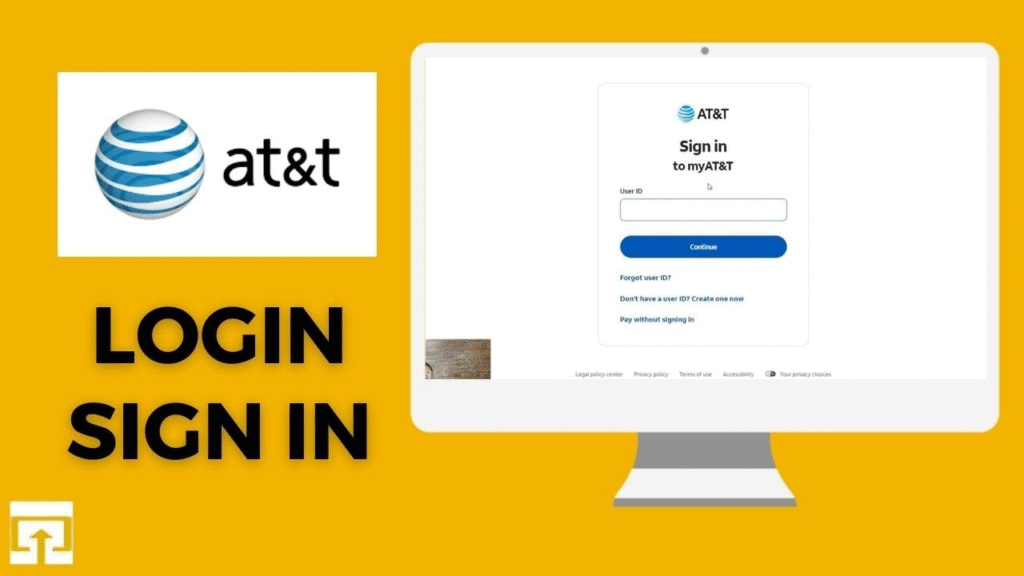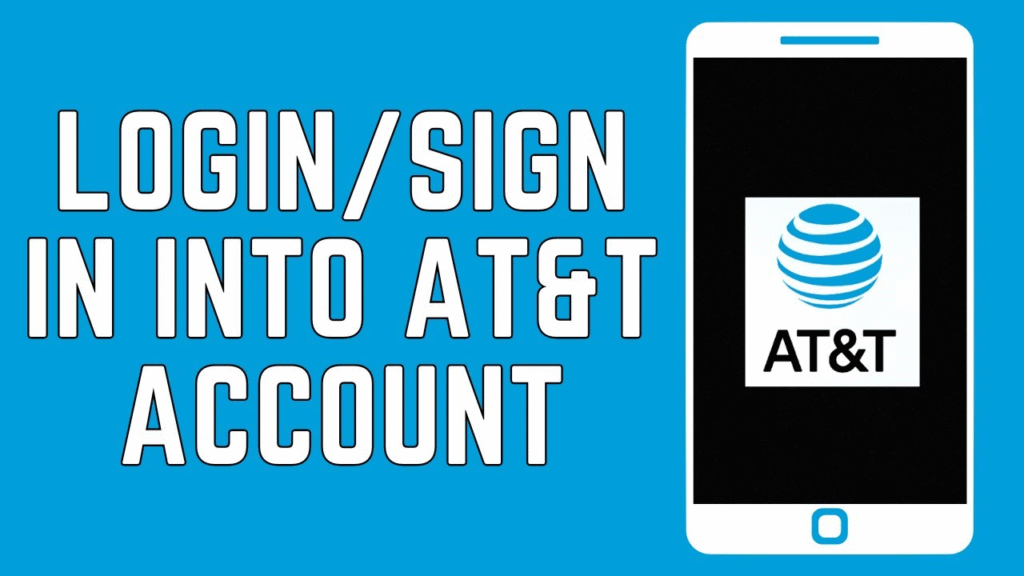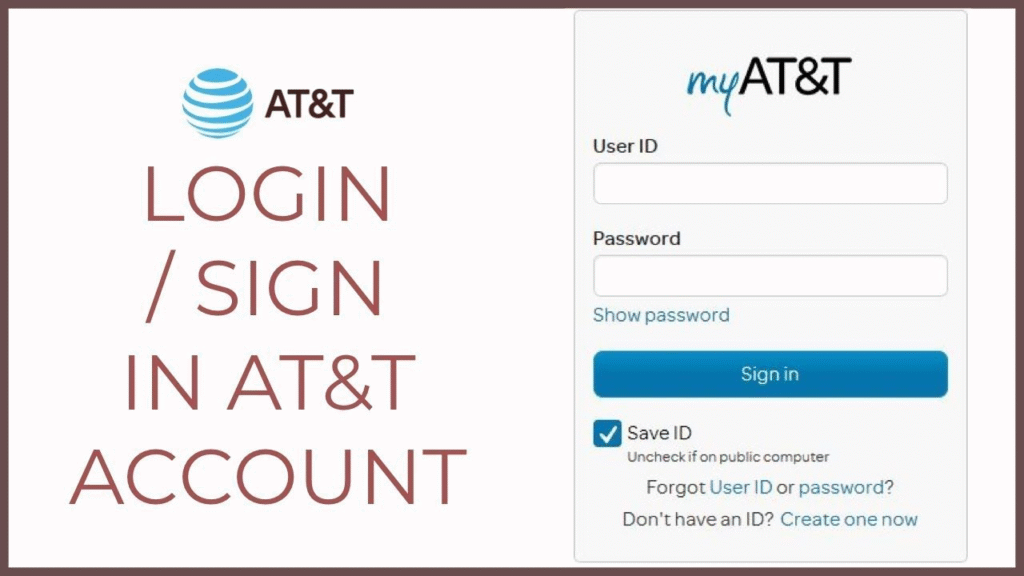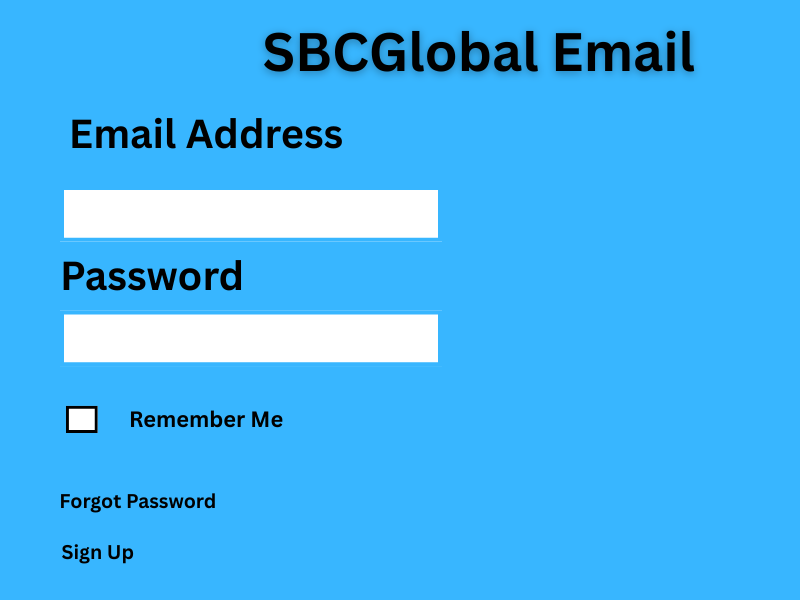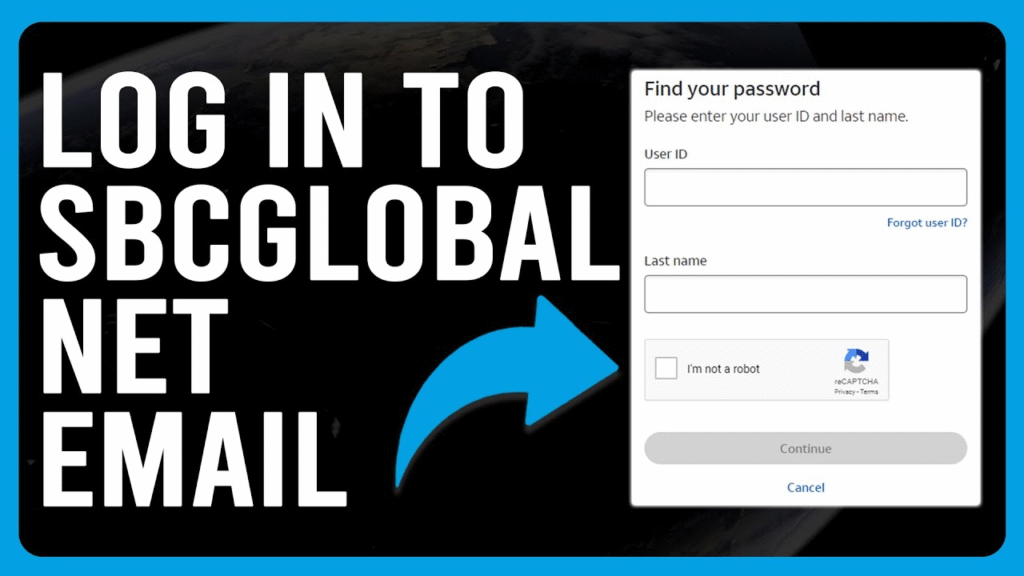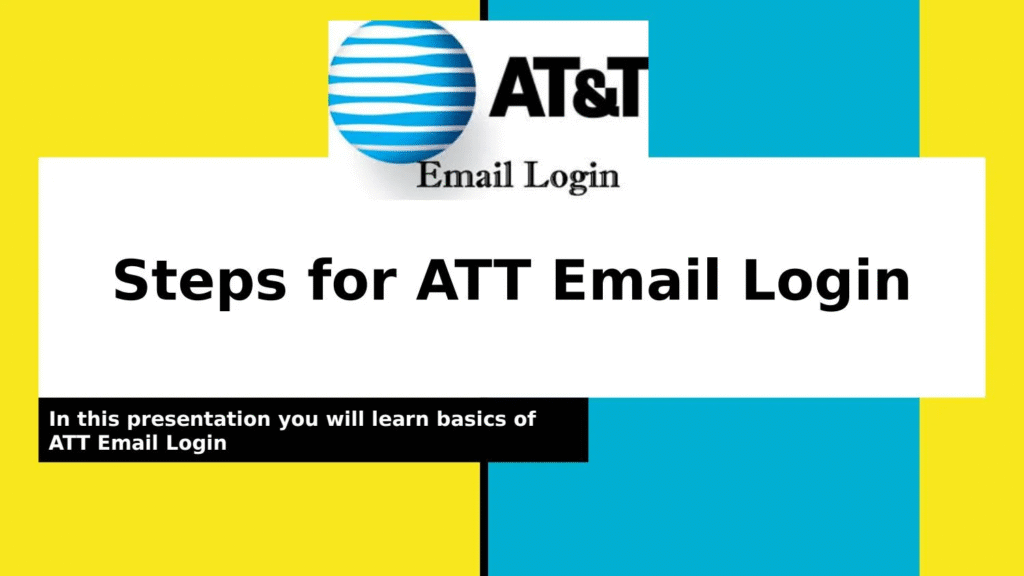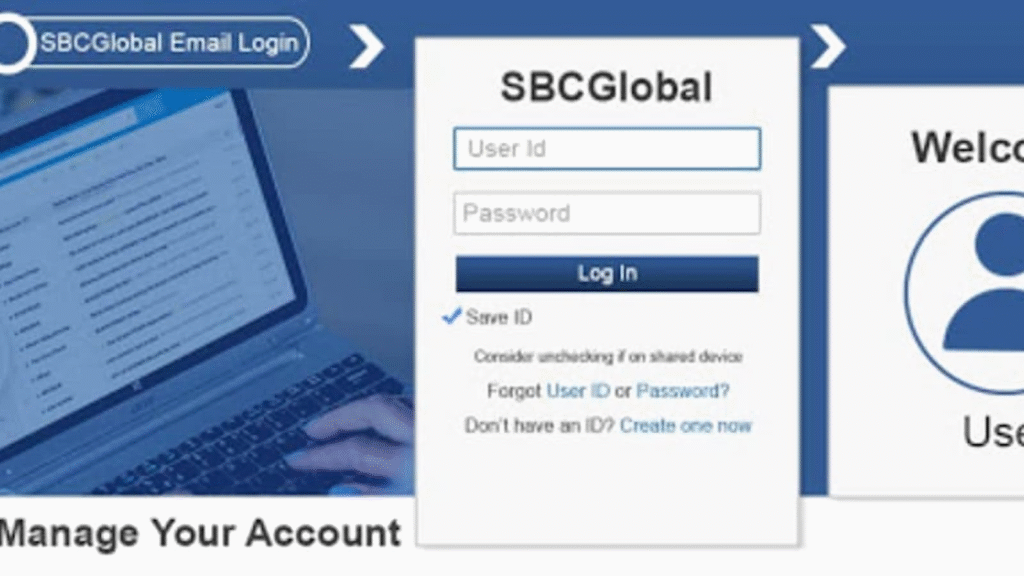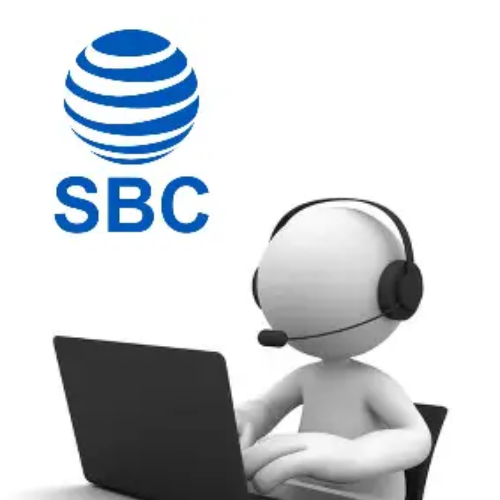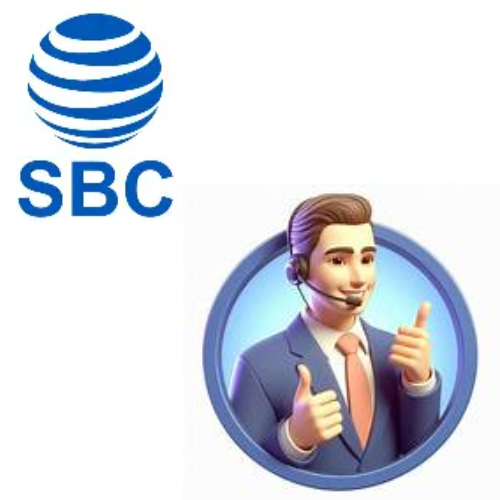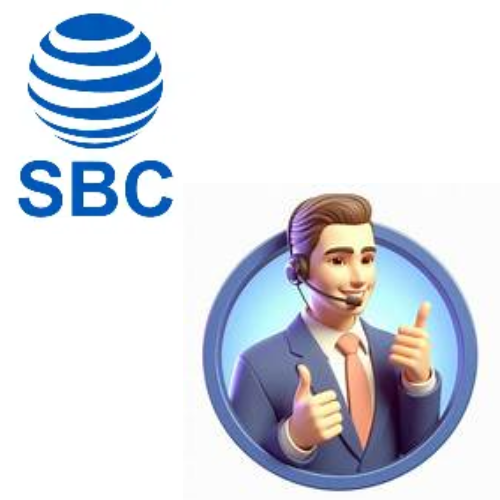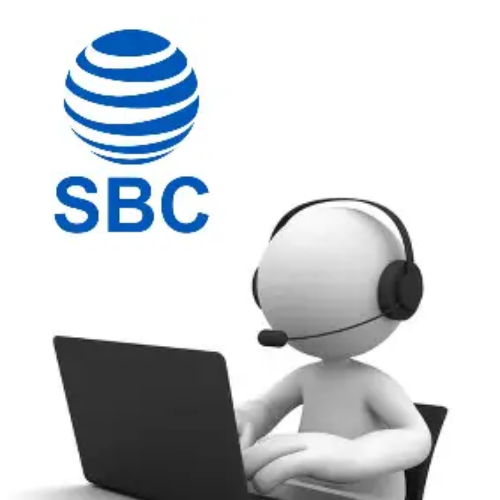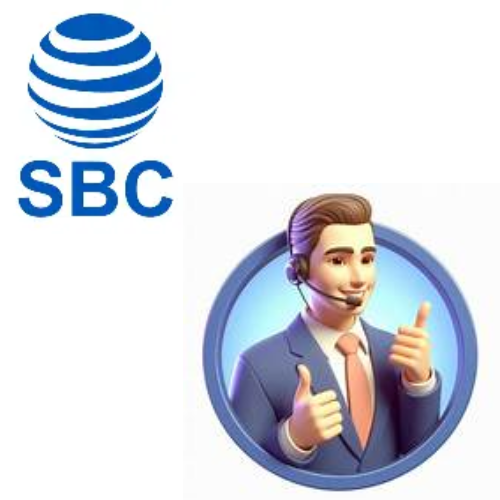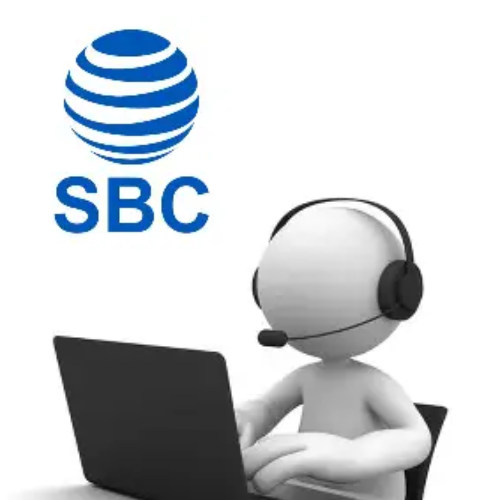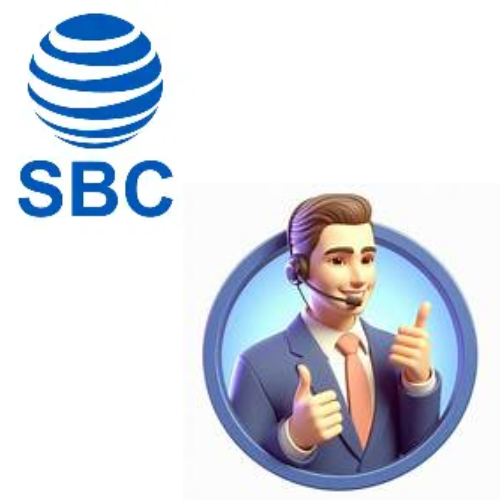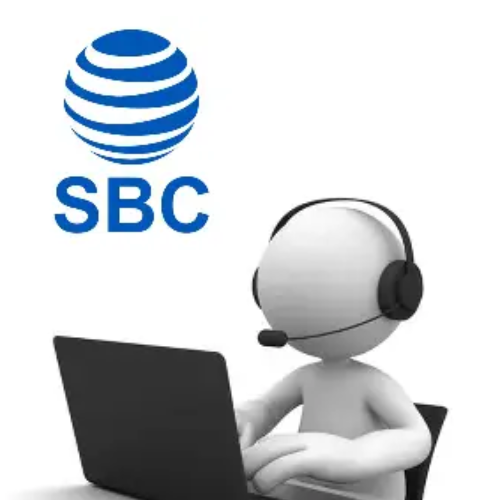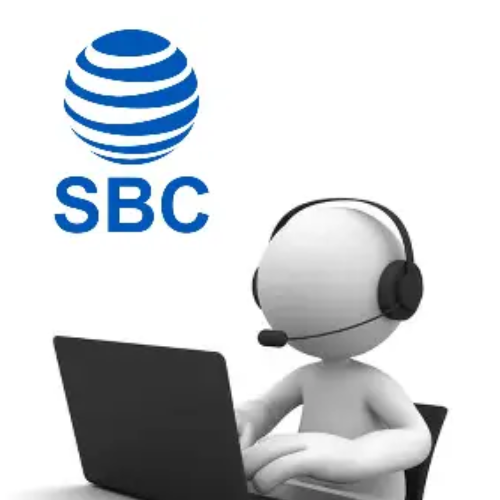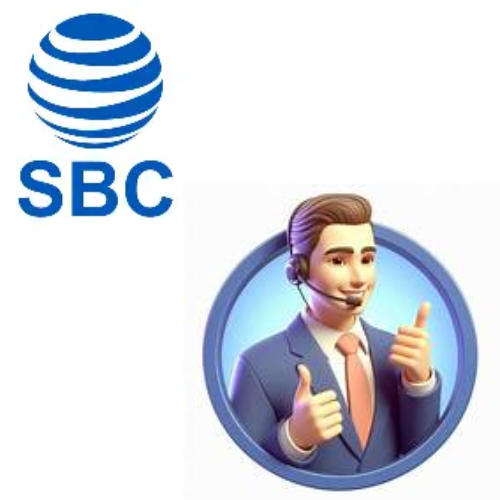In the digital age, safeguarding personal information and protecting devices from cyber threats is not just a luxury — it’s a necessity. With countless online dangers lurking, from malware and ransomware to phishing schemes and identity theft, relying on a trusted cybersecurity solution is critical. Trend Micro Login One of the world’s most recognized cybersecurity companies offers a wide array of solutions that cater to both individuals and businesses. But owning a security product is only part of the equation. Login Trend Micro Understanding how to manage the accompanying login account is essential for maintaining optimal protection.
This detailed guide will walk you through every important aspect of your security account, covering its purpose, how to set it up, the benefits it offers, Trend Micro Login ways to secure it, and how to use it efficiently across all your devices. Whether you’re a first-time user or someone who’s been with the company for years, this resource aims to equip you with a thorough understanding of managing your cybersecurity ecosystem effectively.

Why Your Security Account Matters
Your security account is the central hub that connects you to the software’s many services. Through this account, you can manage your licenses, monitor device activity, configure settings, and receive essential updates and notifications. Trend Micro Login Without access to the account, Login Trend Micro you lose the ability to control key aspects of your protection, including renewing your subscription, installing software on new devices, or responding to detected threats.
An active account ensures that you are continuously shielded from emerging cyber risks. It also serves as the platform where you can customize your security preferences, Trend Micro Login adjust parental controls, and handle billing or subscription matters. Without managing this account properly, you risk falling behind on updates or leaving devices unprotected.
Setting Up Your Account for the First Time
Creating your account begins with registering the product you purchased, either online or through the software interface. Typically, you’ll provide a valid email address, create a secure password, and confirm some personal details such as your name and location.
Choosing a strong password is essential. Trend Micro Login Make sure it includes a mix of uppercase and lowercase letters, numbers, and special characters. Avoid using passwords that contain easily guessed details like your birthdate, favorite pet, or common words. Instead, aim for a unique combination that only you would know. It’s also recommended to use a reputable password manager to keep track of your credentials securely.
Once the account is created, Login Trend Micro you will receive a confirmation email. Clicking the verification link in this email activates your account, allowing you to sign in and begin managing your security dashboard.
Accessing Your Account Safely
Whenever you access your security dashboard, make sure you’re on a secure, encrypted connection. Use trusted networks and avoid logging in on public Wi-Fi networks, which are often targeted by cybercriminals. Login Trend Micro If you must use a public connection, consider activating a virtual private network (VPN) to shield your data.
Keep your browser updated to the latest version to reduce the risk of security vulnerabilities. It’s also a good idea to bookmark the official login page so you can access it directly, avoiding the need to search or click on potentially risky links.
If you’re accessing your account from a mobile device, using the official mobile app is the safest and most convenient method. Trend Micro Login The app is designed to integrate smoothly with your mobile operating system and may offer features like biometric authentication, allowing you to log in with a fingerprint or facial recognition.
Navigating the Account Dashboard
Once you’re logged in, you’ll find yourself on the dashboard — the control center where you manage your subscriptions, devices, settings, and notifications. Trend Micro Login The layout is designed to be user-friendly, even for those who may not consider themselves tech-savvy.
From the dashboard, you can view all active subscriptions, Login Trend Micro check which devices are currently protected, and identify any devices that require attention. You can also renew your licenses, upgrade your plans, or add more devices to your subscription if needed.
Additionally, the dashboard gives you access to settings where you can configure preferences such as scan schedules, privacy protections, and parental controls. Trend Micro Login Customizing these settings ensures that your software works in a way that aligns with your specific needs, whether you want it to run scans overnight or block access to certain types of online content.
Managing Multiple Devices
Most people today own more than one device — a combination of smartphones, tablets, laptops, and desktops. If you’re managing a household or a small business, the number of devices can multiply quickly. Your security account allows you to keep track of all protected devices in one place.
Within the device management section, you can see the status of each device, including when it was last scanned, whether any threats were detected, and if the software is up to date. Trend Micro Login If you replace an old device or stop using one, make sure to deactivate its license so that you can free up a slot for a new device.
For families or teams, it’s important to communicate with all users and ensure they understand basic security practices. Login Trend Micro Even if you’re the account holder managing everything, the security of the entire network depends on each user following safe online habits.
Enhancing Account Security with Two-Factor Authentication
Adding an extra layer of protection to your account is highly recommended. Two-factor authentication (2FA) strengthens your security by requiring an additional verification step each time you log in. Login Trend MicroThis usually involves entering a temporary code sent to your mobile device or generated by an authentication app.
With 2FA enabled, even if someone manages to steal your password, they won’t be able to access your account without the second authentication factor. Trend Micro Login Setting up 2FA takes only a few minutes, and it dramatically improves the overall security of your login credentials.
Make sure to store your backup codes safely. These codes are provided when you enable 2FA and can be used if you ever lose access to your authentication device.
Customizing Notifications and Alerts
Your security account sends you important alerts and notifications to keep you informed about threats, software updates, and account activity. Trend Micro Login Customizing these notifications allows you to stay informed without being overwhelmed by unnecessary messages.
Decide how you want to receive alerts — via email, mobile app, or both. Configure the types of alerts you receive, focusing on critical issues such as detected malware, license expirations, or unusual account activity. Login Trend Micro Staying on top of these alerts enables you to act quickly and prevent small problems from escalating into bigger security breaches.
Handling Subscription Renewals and Upgrades
Your account plays a central role in managing your subscriptions and billing. Keep track of your license expiration dates to avoid any lapses in protection. Login Trend Micro Many security accounts offer automatic renewal options, ensuring continuous coverage without manual intervention.
If you wish to upgrade to a higher-tier plan or add additional licenses, you can usually do so directly from the account dashboard. Upgrading gives you access to enhanced features, Trend Micro Login such as advanced threat detection, identity theft protection, or secure VPN services.
Make sure to review your billing details regularly. Confirm that your payment methods are up to date and monitor any charges for accuracy. Keeping your billing information current helps prevent service interruptions.
Troubleshooting Account Issues
Even with careful management, you may occasionally encounter issues accessing your account. Common problems include forgotten passwords, locked accounts, or technical glitches.
If you forget your password, use the password reset feature. Trend Micro Login You’ll typically receive a reset link via your registered email, allowing you to create a new, secure password. Always choose a new password that’s different from your previous ones to minimize the risk of repeated breaches.
If your account becomes locked due to multiple failed login attempts, follow the provided recovery instructions. Login Trend Micro This may involve answering security questions or verifying your identity via email or phone.
For more complex issues, reaching out to customer support is the best course of action. They can assist you with account recovery, technical troubleshooting, or security concerns.

Maintaining Long-Term Security
Account management is not a one-time task; it requires ongoing attention. Regularly review your account activity to spot any unfamiliar logins or device connections. Login Trend Micro If you notice anything suspicious, change your password immediately and enable 2FA if you haven’t already.
Periodically update your software on all connected devices. Cyber threats evolve rapidly, and software updates often include critical security patches that protect against newly discovered vulnerabilities.
Educate other users on your account about safe online practices. The best cybersecurity system can only do so much if users ignore warnings, click on suspicious links, or share sensitive information carelessly.
Embracing Best Practices for Digital Safety
While your security software provides robust protection, combining it with smart user behavior significantly strengthens your overall defense. Login Trend Micro Practice caution when opening email attachments, clicking on links, or downloading files from the internet. Avoid using the same password across multiple accounts, and steer clear of unsecured websites whenever possible.
Backup your important data regularly. Trend Micro Login Even with excellent security measures, unforeseen events like hardware failures or ransomware attacks can result in data loss. Maintaining offline backups ensures that you can recover valuable files if something goes wrong.
Finally, stay informed about the latest cybersecurity trends and threats. The landscape is constantly changing, and being aware of new risks allows you to adapt your defenses accordingly.
Final Thoughts
Understanding how to manage your security account effectively is crucial in today’s digital environment. It serves as the backbone of your cybersecurity efforts, connecting you to essential tools, updates, and settings that keep your devices and data safe.
By taking the time to set up your account properly, Trend Micro Login securing it with strong passwords and two-factor authentication, monitoring connected devices, and responding promptly to alerts, you create a resilient security posture. Combine this with regular software Login Trend Micro updates and responsible online behavior, and you’ll have a comprehensive approach to protecting yourself, your family, or your business from the evolving threats of the internet age.



